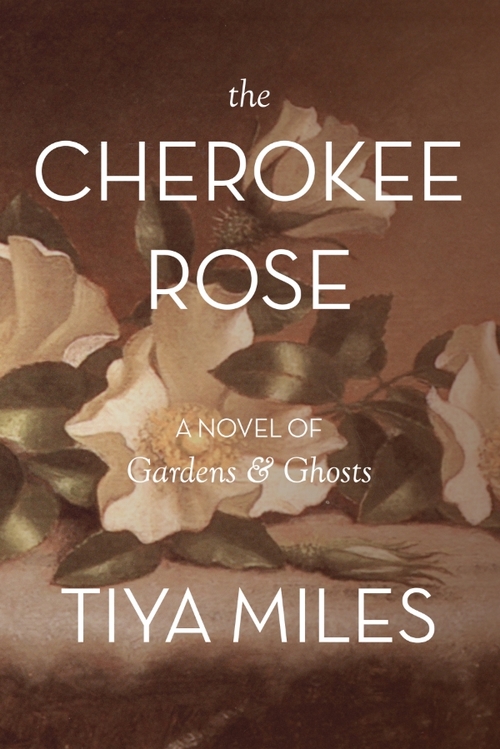Chicago’s Jazz Age still lives in Archibald Motley’s art
The Chicago Tribune
2015-03-20
Howard Reich
Where does Chicago’s Jazz Age still live? In the paintings of Archibald Motley, on view in a new exhibition
Trumpets blared, saxophones thundered, singers belted and dancers swayed from nighttime to past sunup.
Walk along “the Stroll” — a very hot stretch of State Street from 31st to 35th streets — and you could hear and feel the music without so much as stepping inside any of the clubs, saloons, cafes, cabarets, theaters and whatnot. Nearby boulevards shook with the music, as well, for no place on Earth swung harder than the South Side of Chicago during the Jazz Age.
Roughly speaking, the epoch when Jelly Roll Morton, Louis Armstrong, Earl Hines, Joe “King” Oliver and other jazz immortals lit up Chicago began in 1910, when Morton arrived from New Orleans, and extended into the 1950s.
Few of us around today were there in the Roaring ’20s heyday, but we’re fortunate that Archibald John Motley Jr. walked “the Stroll,” heard the music, ogled the dancers, treasured the proceedings and captured the scene for all time — on canvas. That glorious fact radiates from every corner of a newly opened exhibition at the Chicago Cultural Center, “Archibald Motley: Jazz Age Modernist” (curated by Richard J. Powell and running through Aug. 31)…
…And though the subject is music, the theme surely is the meaning of race.
“In all my paintings where you see a group of people you’ll notice that they’re all a little different color,” Motley once said in an oral history interview. “They’re not all the same color, they’re not all black, they’re not as they used to say years ago, high yellow, they’re not all brown. I try to give each of them character as individuals.”
That respect for humanity issues from all of Motley’s jazz paintings and, of course, from the music itself. Like the range of complexions in Motley’s work, jazz emerged at the turn of the previous century as a heady mix of African-American and Creole cultures in New Orleans, these societies rubbing up against one another in church, in street parades and in the city’s Storyville vice district. The shuttering of that collection of brothels and other nightspots in 1917 drove Crescent City musicians north to Chicago, where Motley — who similarly was born in New Orleans and came to Chicago in his youth — was ready to see and hear them…
Read the entire article here.


